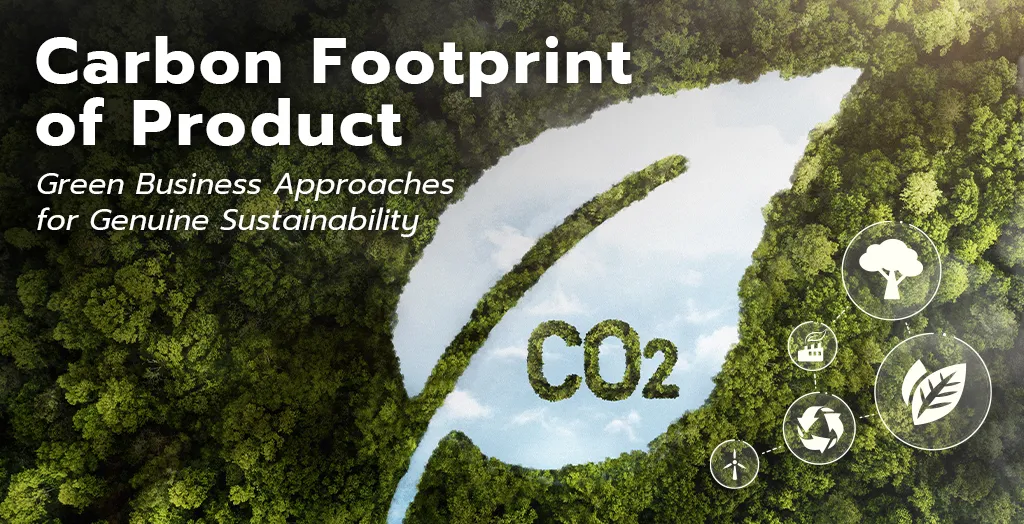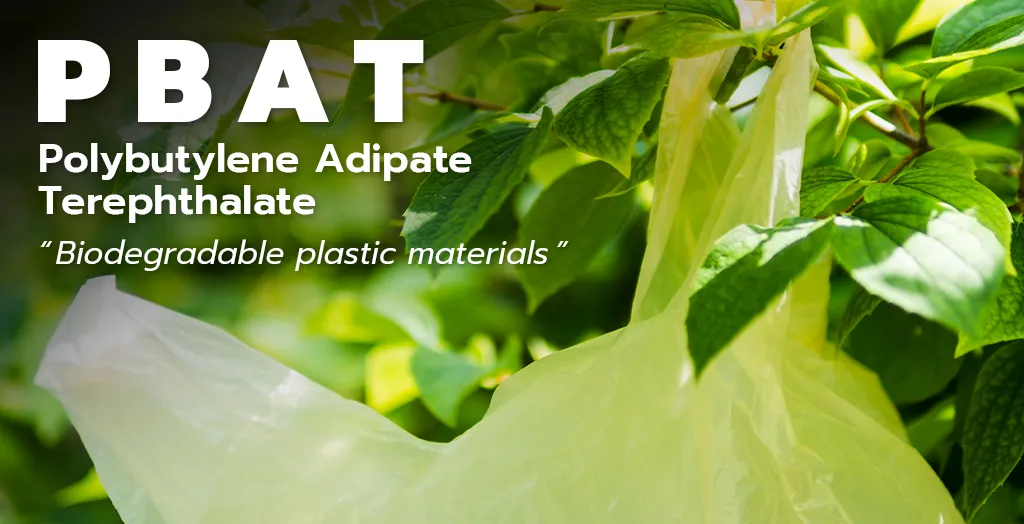HDPE is one of the most widely used plastics in our everyday lives. From packaging to protective gear, this material shows up in countless products we use without even noticing. But what exactly makes HDPE so popular? Why do businesses, including Bags and Gloves Co., Ltd. rely on it to create safe, durable, and high-quality products?
Let’s dive in and explore what HDPE is, its unique properties, advantages, and where it’s commonly applied.
What is HDPE?
HDPE stands for High-Density Polyethylene, a type of plastic produced through the polymerization of ethylene gas under high pressure. This process creates a plastic with:
- High density and strength
- Excellent resistance to chemicals
- Durability across different environments
Structurally, HDPE has fewer branches in its molecular chain, allowing molecules to bond tightly together. This results in a density of about 0.93–0.97 g/cm³, giving HDPE its signature toughness and long-lasting performance.
Key Properties and Advantages of HDPE
- Exceptional Strength & Durability
HDPE is highly resistant to impact, making it suitable for heavy-duty applications that require long-term reliability. - Lightweight & Flexible
Despite its strength, HDPE is lightweight and offers good flexibility, making it easy to transport, handle, and shape. - Chemical Resistance
HDPE can withstand many corrosive chemicals, making it ideal for industries where exposure to harsh substances is common. - UV & Temperature Resistance
It resists UV rays and can endure outdoor conditions for long periods. On the flip side, it can also tolerate freezing temperatures as low as -40°C. - Low Water Absorption
With minimal moisture absorption, HDPE helps prevent damage from humidity and extends product lifespan. - Recyclable & Eco-Friendly
HDPE can be recycled, reducing plastic waste and supporting sustainability goals — a major advantage for environmentally conscious businesses.
Limitations of HDPE
Like all materials, HDPE comes with some limitations:
- Stress Cracking – It may crack under extreme pressure.
- Moderate Heat Resistance – Not ideal for very high-temperature environments.
- Shrinkage During Molding – Requires precision in manufacturing processes like injection molding and CNC machining.
HDPE vs. LDPE: What’s the Difference?
Many people confuse HDPE with LDPE (Low-Density Polyethylene). While both are polyethylene plastics, their characteristics differ:
- LDPE is softer, highly flexible, and transparent, commonly used in clear packaging films and heat-sealed products.
- HDPE is denser, more rigid, and opaque, with higher impact resistance but less stretchability.
In short: LDPE is better for flexible, transparent packaging, while HDPE shines in heavy-duty, protective applications.
Common Uses of HDPE Across Industries
Thanks to its durability and versatility, HDPE is used in a wide range of industries. Some everyday products made from HDPE include:
- Plastic Arm Sleeves & Gloves – Protects against contamination in food processing, medical labs, and hospitals.
- Plastic Aprons – Used by chefs, food industry staff, and healthcare workers to prevent cross-contamination.
- Garbage Bags – Tear-resistant and capable of holding liquids while locking in odor.
- Shopping Bags – Widely used in supermarkets, convenience stores, and restaurants for their strength and convenience.
- Construction Materials – Moisture barriers, liners for ponds, and protective sheets for building projects.
- Agriculture – Greenhouse covers, silage bags, and soil protectors that regulate temperature and humidity.
- Consumer Goods – Cutting boards, toys, and outdoor furniture that require durability and impact resistance.
- Industrial Use – Pipe flanges, chemical tanks, and other equipment that demand high chemical resistance.
Conclusion
HDPE is a versatile, strong, and reliable plastic that plays an important role in both everyday products and industrial applications. While it has some limitations, its benefits — from durability to recyclability — make it one of the most trusted plastics in the world.
Bags and Gloves Co., Ltd. : Your Trusted HDPE Product Manufacturer
At Bags and Gloves Co., Ltd. we specialize in producing high-quality plastic film products trusted by businesses across industries. Our product range includes arm sleeves, gloves, aprons, garbage bags, shopping bags, and more — crafted from materials like HDPE, LDPE, LLDPE, and even biodegradable options such as PBAT and PLA.
With advanced manufacturing processes such as film blowing and extrusion, we ensure precision, quality, and customization to meet every client’s needs.
Looking to order or customize HDPE products for your business?
[Contact Bags and Gloves Co., Ltd. today] to discuss your requirements.






